LFA 2024 - Reimagining a more equitable London: Postcards from the Future
How do you envision London in the future? Is there anything you would change in the built environment sector if you had the power to do so - like building more community centres or making the city more accessible?
These questions and many more were addressed on the 20th of June at the sold-out event "Reimagining a More Equitable London: Postcards from the Future” at this year’s London Festival of Architecture. The event was organised by Women in Architecture in collaboration with LDN Collective, Considerate Urbanism, UCL, Commonplace, Urban Good, You See Media, and The Building Society.
In this blog, we will explore the key messages from the event to keep the conservation going and continue discussing topics surrounding intersectionality and systemic inequalities in the built environment sector.
What makes an equitable city?
The event raised complex questions and we spent the evening discussing ways to make London more equitable. The event was held at The Building Society in London and began with a screening of a new film by the talented filmmaker Lawrence Barraclough from You See Media. The film is inspired by UCL's report 'Structurally Unsound' and is an attempt to show the complexity of relationships people have with the spaces and cities they live in.
Through strong interviews with people from various backgrounds, it portrays how the decisions made through policy, design, and implementation, affect the lives of us all. Especially for those most vulnerable.
Source: Max Farrell, LDN Collective
Changing society by changing who designs it
The video was followed by an engaging conversation with the two authors of the UCL report ‘Structurally Unsound’ Dr Olivia Stevenson and Siobhan Morris, chaired by Concept Culture’s Creative Director and WiA committee member, Tanisha Raffiuddin. Olivia is the Deputy Director of UCL Public Policy, and Siobhan Morris is the Assistant Director of UCL Grand Challenges.
The report was first published in 2019 and focuses on how to tackle structural inequalities with five strong themes in mind; language, opportunity, understanding evidence, voice, and place. Based on their report, it is clear that fighting and overcoming structural inequalities is not straightforward, as it is deeply rooted in our society. For instance, your postcode significantly affects your quality of life, and if you live with disabilities, you will typically need to apply for 60% more jobs than others.
It is a complex and sensitive subject and something that needs to be addressed in all areas of our society. But what steps can we take within the built environment sector?
Collaboration is the future
At the event, Olivia and Siobhan agreed that conversation and collaboration are the way forward. We need to think differently and collaborate across sectors and borders. We need to change who designs the places to make a change.
In their report, they list action points such as diversifying the sector and making education and training more accessible. It is about inclusion and participation.
Source: Lawrence Barraclough, You See Media
Movement: Considerate Urbanism
After the break, all attendees were invited to participate in a workshop led by Considerate Urbanism’s founder Liane Hartley, and co-director Natasha Reid. Liane is an urban planner and social entrepreneur, whereas Natasha is a spatial designer, innovator, and artist. Coming from two different backgrounds, Considerate Urbanism is a movement that combines Liane and Natasha’s forms of practice across various fields and ways of thinking.
Before the workshop, we watched a second video featuring residents from Bromley, Fitzrovia, and the City of London. The film delves into the complexities of addressing structural inequalities, highlighting specific challenges people face in these areas and exploring the potential conflicts and contradictions these issues create in their lives and environments.
Share your vision on a postcard
After watching the film, Liane and Natasha introduced Considerate Urbanism and a new method ‘Emotional & Experimental Mapping' that seeks to explore new ways to tackle structural and systemic issues. As part of this, they have created a digital map where participants can write postcards and share their perspectives on what they think would make London more equitable. This innovative process aims to create a different type of map of London; one that reveals an emotional footprint of existing inequalities and positive possibilities.
At the event, they had also created a physical map in collaboration with Urban Good to encourage all attendees to share their perspectives on the matter. Attendees got creative, writing their own postcards that captured their visions of a more equitable London. These inspiring visions were then mapped by postcode and placed on a map beautifully designed by Urban Good.
Source: Lawrence Barraclough, You See Media
Are you addressing systemic equality in your business?
How do you think we in the built environment business can champion systemic equality? If you have found ways to address these issues or simply want to express your thoughts, share your insights on the Commonplace map and join the conversation.
Already making important changes but unsure how to share your story?
We can help you.
At Concept Culture, we specialise in communicating impactful stories in the built environment sector.
Get in touch now and let us continue the conversation!







